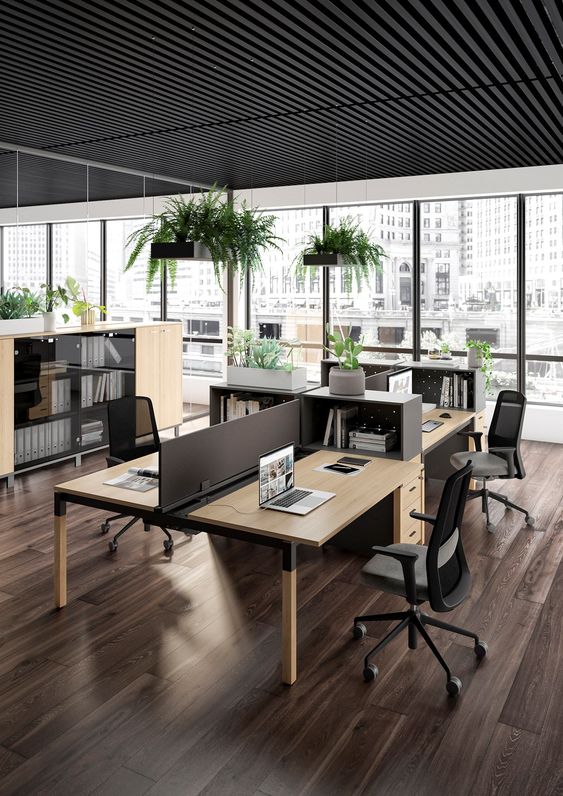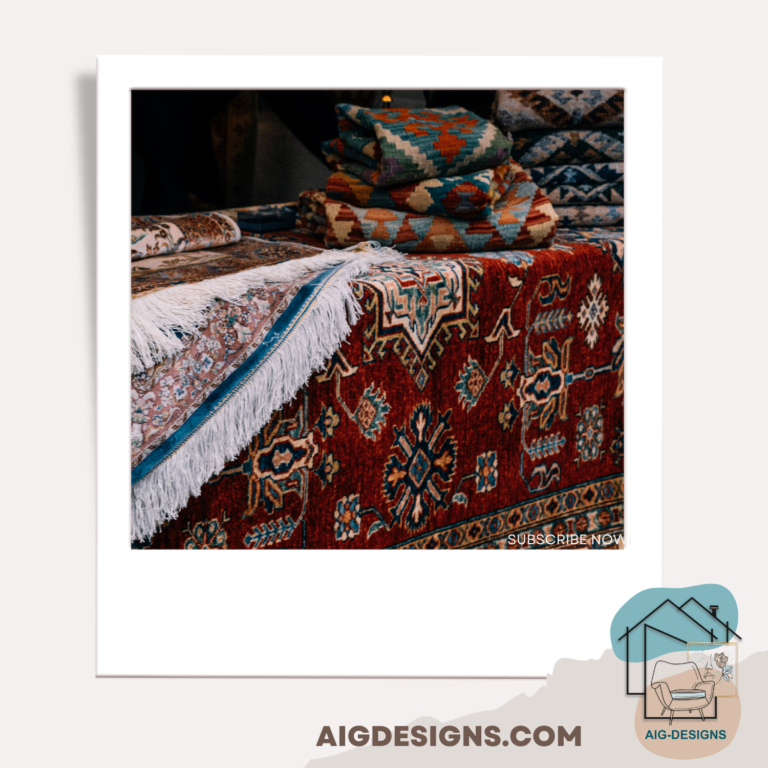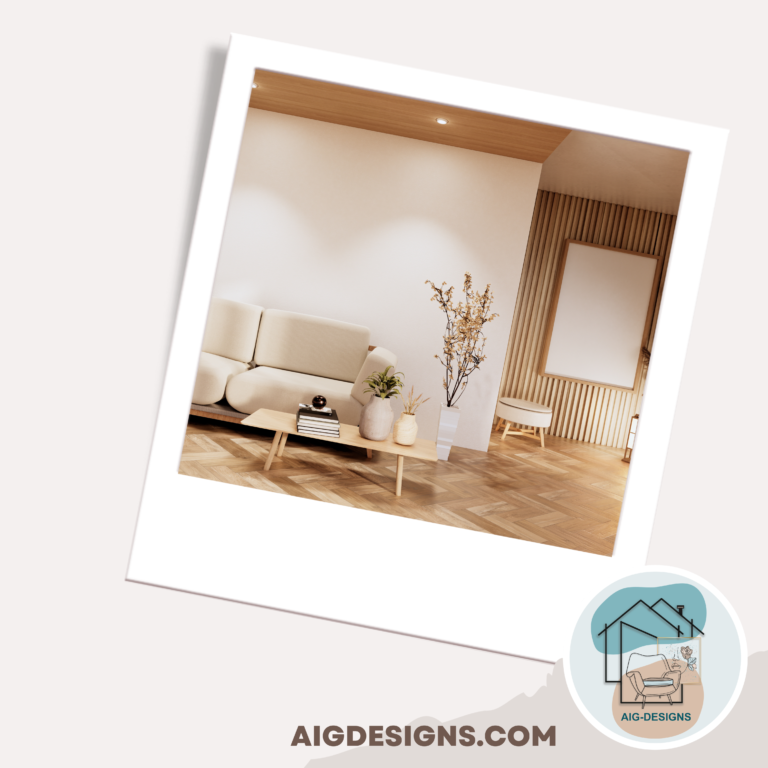Custom office interiors can play a significant role in promoting sustainability and eco-friendly practices by implementing strategies that align with Social, Environmental, and Economic (SEE) objectives. Here’s how custom office interiors can incorporate SEE principles to promote sustainability:

Energy Efficiency (Economic): Implement energy-efficient lighting systems, such as LED lights and occupancy sensors, to reduce electricity consumption. Use natural daylight to minimize the need for artificial lighting. This not only lowers energy costs but also reduces greenhouse gas emissions, contributing to economic and environmental sustainability.
Eco-friendly Materials (Environmental): Choose sustainable and eco-friendly materials for furniture and finishes, such as recycled or reclaimed wood, low-VOC (Volatile Organic Compound) paints, and carpets made from recycled materials. These choices reduce the environmental impact of manufacturing and improve indoor air quality, addressing both environmental and social aspects of sustainability.
Space Optimization (Economic and Social): Design flexible and multifunctional office spaces that promote collaboration and communication among employees. This can reduce the need for additional office space, saving on rent and construction costs while fostering a more inclusive and productive work environment.
Waste Reduction (Economic and Environmental): Implement a waste reduction strategy by using modular furniture that can be easily reconfigured and repurposed. Provide recycling stations and encourage employees to reduce, reuse, and recycle materials. This reduces waste disposal costs and minimizes the environmental impact of office operations.
Indoor Air Quality (Social and Economic): Install air purification systems and ensure proper ventilation to enhance indoor air quality. Improved air quality contributes to the well-being and productivity of employees, reducing sick days and improving overall economic performance.
Green Transportation (Social and Environmental): Encourage employees to use sustainable transportation options such as biking, walking, or public transit by providing amenities like bike racks and showers. This not only reduces the carbon footprint but also promotes healthier commuting habits, benefiting both society and the environment.
Sustainable Procurement (Economic and Social): Source office furniture and supplies from sustainable and socially responsible suppliers. Consider factors like fair labor practices, ethical sourcing, and product durability. Supporting responsible suppliers can positively impact both society and the bottom line.
Natural Elements (Social and Environmental): Incorporate biophilic design elements such as indoor plants, natural materials, and views of nature. These elements can improve employee well-being, reduce stress, and connect individuals with the environment, fostering a sense of responsibility towards nature.
Monitoring and Reporting (Economic and Environmental): Implement a monitoring system to track energy and resource consumption, as well as sustainability initiatives’ effectiveness. Regular reporting on sustainability progress can promote transparency and accountability, benefiting both economic performance and environmental stewardship.
In conclusion, custom office interiors can effectively promote sustainability and eco-friendly practices by integrating SEE principles. These approaches not only reduce environmental impact but also enhance economic performance and create a healthier, more inclusive workspace for employees, demonstrating that sustainability can be a holistic and profitable business strategy.




